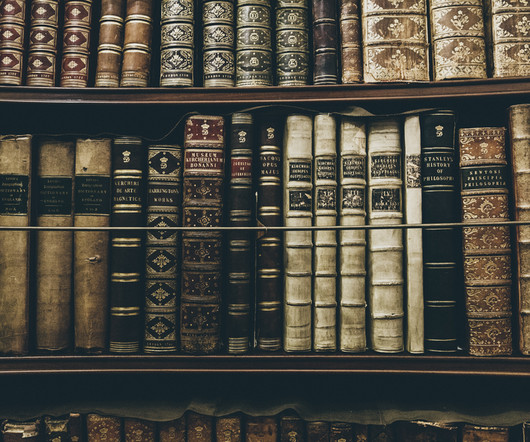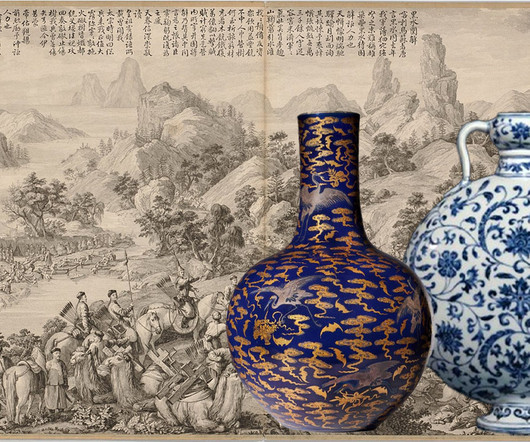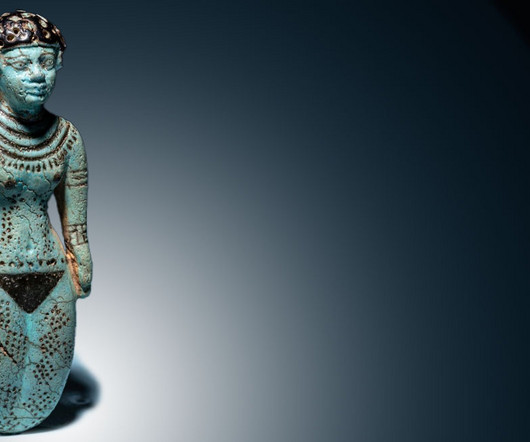2024 Moving into 2025 Design Trends Likely to Affect Value of Personal Property
International Society of Appraisers
NOVEMBER 8, 2024
Items such as folk art, unique and creative paintings, hand-blown Venetian glass, delft style ceramic tiles, handmade vases, and quilts are splashed throughout interiors. Collectors look for rarity, an object's provenance, and the desire to add intrigue to a room.

















Let's personalize your content